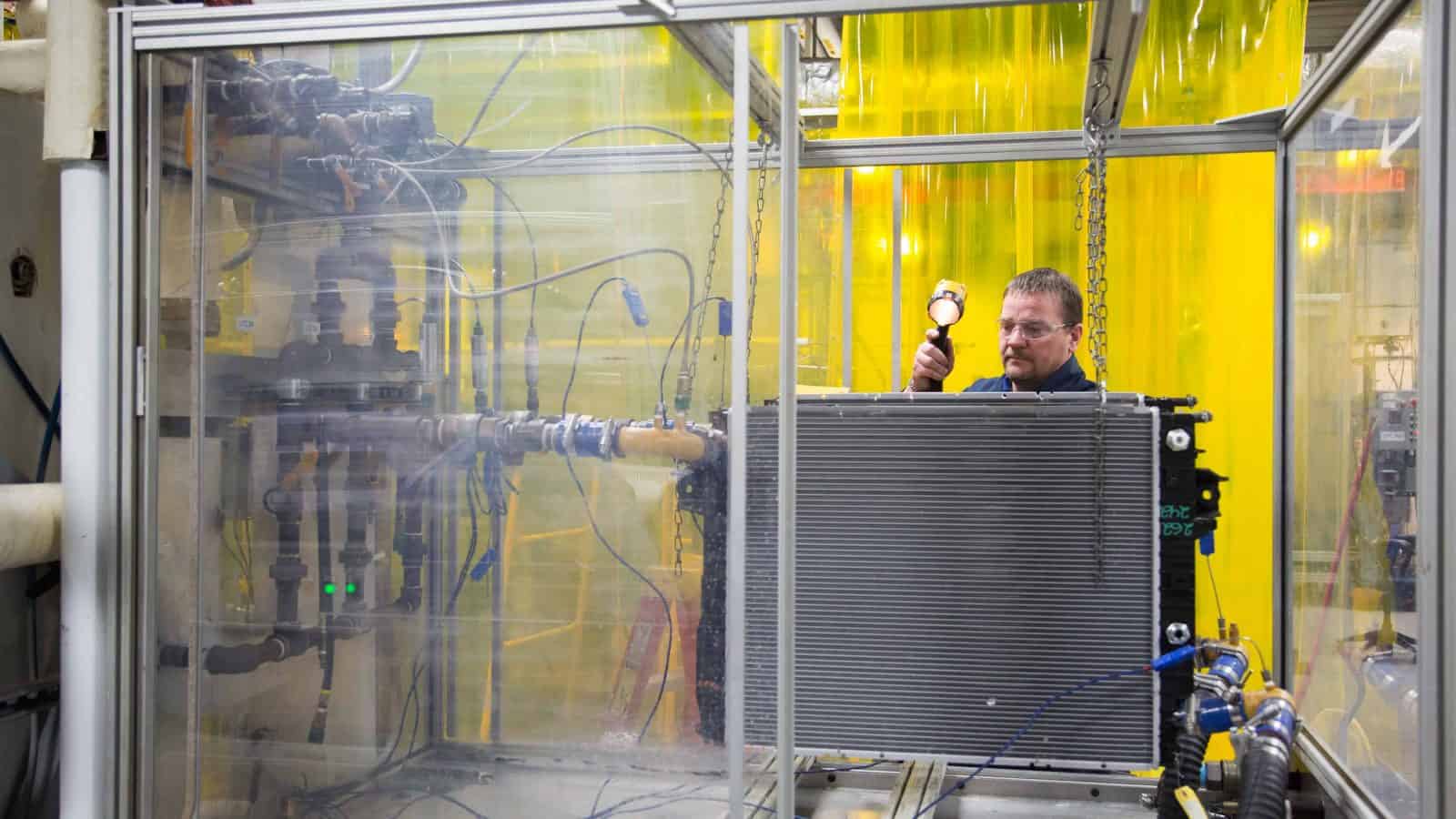The Road Ahead for Fast EV Charging

The U.S. government and automakers are on a mission to supply the nation with better, faster charging for electric vehicles, according to The Wall Street Journal (subscription).
What’s going on: The Biden administration “is trying to spur the buildout of so-called fast chargers that can charge EVs in about 15 to 40 minutes. That’s still slower than a traditional fill-up at a gas station, but faster than the hours-long experience at public chargers … ”
- Across the U.S., labs including the National Renewable Energy Lab are coming up with designs capable of fully charging an EV in under half an hour. Some trucking firms and charger makers have piloted systems capable of charging trucks in 15-20 minutes.
The challenges: There is debate over the best way to get more people into EVs, however: is it faster chargers or more slower chargers installed “where people park … in order to make charging a car a convenient and ubiquitous experience”?
- Most current EV charging takes place at owners’ homes, typically garages or driveways where the cars can “sip” energy for hours. However, “those in multifamily housing have less access to charging.”
- The more commonly used EV charger, called level 2, will charge a battery to about 80% in four to 10 hours.
Faster charger, bigger issues: “Fast chargers require costly utility infrastructure and charging equipment; ultra-rapid charging would be even more expensive. ‘Higher power costs more,’ [Dan Bowermaster, head of electric-vehicle research at the Electric Power Research Institute] says. ‘You get to a point where for these higher power levels you’d need bigger and bigger wire. At some point the wire gets so big that not only it’s heavy, but it can’t readily bend to curve around the charging port.’”
How to solve it: Mechanical assists could lessen the cables’ weight with robotic arms, according to one fast-charging company.
- Another possible fix? A “solid-state battery in which the electrolyte that conducts the electric current is a solid, rather than a liquid as used in most batteries today.”
- Some automakers are switching to 800-volt charging systems over the more common 400-volt ones, “doubling the power that the same current would provide”—but it’s a move that will require “the highest-level charging equipment.”
